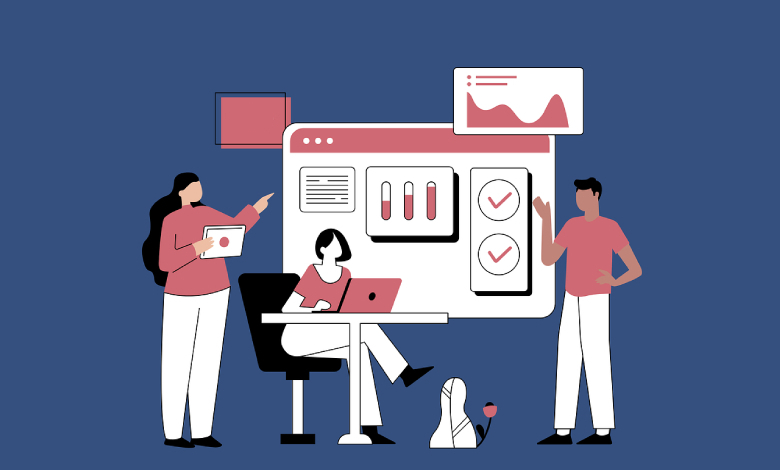What are the Upcoming Changes in Core Web Vitals for SEO?

Who will benefit from Google’s latest Core Algorithm Update? It is a difficult question even for the SEO Sydney experts because this year, Google keeps on updating its algorithm to boost page experience and make websites mobile-friendly. These changes are somehow influencing small, medium, and large size businesses. But Google’s latest Core Algorithm update changed the way of optimizing websites entirely.
Core Web Vitals are the speed metrics that are used to analyze the page experience of a website. It’s now become an important signal to rank your website on Google search results. So let’s discuss how these upcoming changes are going to impact your website ranking.
What are Core Web Vitals?
Core Web Vitals are part of Google’s Page Experience signal used to measure the user experience and critical user-centric outcomes. Google’s Page Experience Core Web Vitals metrics will cover the web page’s mobile-friendliness, browsing speed, web page security, and visual stability.
1. Page Loading Speed
Web page speed was always an important factor in ranking for websites. A fast-loading webpage always impacts a website ranking on Google search results. A page that loads fast offers the best user experience and drives more traffic to your website. Largest Contentful Paint or LCP is the first and the essential part of Core Web Vitals that will help measure your web page speed.
CP will analyze how your website is doing on search engines. Measures the loading speed of the page, including images, text, graphics, and other elements on a page. If it detects the slow speed of web pages, it will automatically push back your website on search results. As a result, affects your website ranking and decreases web traffic.
2. Interactivity
Gone are the days when customers had to wait for a response. Now it’s time for instant replies and quick responses to gather the attention of your potential clients; otherwise, they will move to your competitors. Core Web Vitals will track the interactivity of your web pages which fall under First Input Delay (FID). It’s going to analyze the interaction time between the user and the owner and how much the owner took to process the further interaction. Highly interactive sites will increase page experience and help your business generate leads.
3. Visual Stability of the Website
How much time does your website take to display a stable page? Cumulative Layout Shift (CLS) or Visual Stability directly depends on the elements you have on your page. Lots of moving elements or sudden appearing popups on your web page can result in high CLS, which is bad for a website ranking. If you think lots of elements with attractive graphics and popups may attract heavy traffic, then it’s time to think again. CLS analyses the movement of components of web pages and ranks your website accordingly. It considers all the layout shifts and calculates the average time a page takes for a stable display.
How will SEO be Affected?
Core Web Vital factors are directly going to affect page experience and improve web performance. Most marketers and SEO agencies have already started implementing the latest strategies to get traffic and potential leads to your website. Google these days is giving preferences to mobile-friendliness, safe browsing, and increasing user experience to rank your websites. It shows that only optimizing content, images, creating backlinks, blog promotions, etc., now is not enough to rank your websites on search engines. It is crucial to upgrade your SEO strategies to survive and take top places on search engines. Increasing page loading speed, optimizing your website for mobile users, and your highly interactive behavior can take you to the next level when Core Web Vitals become more influential over time.
Read More: What are the Upcoming Changes in Core Web Vitals for SEO?



